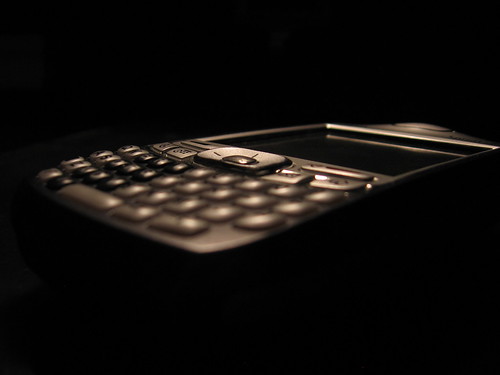
Since fiddling around with the camera extensively at John and Kiran's wedding, botching some neat shots, and actually succeeding in capturing some others, I've caught a bit of a photography bug lately. As part of this recent fancy, I had been ogling a high end
Nikon Digital SLR (DSLR) and actively bemoaning my
Valu Salsa budget. I also had been spending some time learning more about the camera we already have and working on improving my camera skills. After all, what good is that top of the line
whatever, if you don't even know how to use it. and that got me thinking about why I chose the camera we have now in the first place...
Before Tahera and I decided to buy our little point and shoot Canon A520 Powershot, I made it a point to find a camera with a ton of manual features available. I figured having a that much adjustability would make the camera more versatile and also give me a chance to really develop some skill behind the lens.
Given those criteria, the little Canon was a fantastic choice. With it I can have (nearly) full control over shutter speed, aperture, ISO (up to 400) and white balance, and metering (center weighted, evaluative, and spot).
For a point and shoot, this really is a lot of functionality. As it turns out, having all of this photographic horsepower was no fluke. Recently
Gizmodo posted a
link describing how to "hack" the Powershot family of cameras to unlock
even more high end features, including live-view histograms and .RAW shooting mode. Why are these things even
in a camera like this; let alone
hidden?
Well, it turns out that under the hood it Powershot cameras share the same Digic II processor as their high-end DSLR stable-mates. Sure sure, it's no substitute for the badass lenses and CMOS sensors of those high-end cameras, but it does hammer home that there's plenty of capability packed into today's point-and-shooters. If you need more proof, look at these
Flickr A520 Photos. Yep, I suck.
At any rate, I looked through some great pro articles at the
Nikon Learning Center and, actually having some understanding of what the different functions mean, have been applying more
focused (ha!) efforts to mastering our little canon's features. As I'm getting more comfortable with the adjustments, I'm finding myself spending less and less time in Auto mode. So far, I'm still getting my best results using Shutter or Aperture priority, thereby letting the camera figure out half of the settings. But more than anything else, I'm spending a lot of
time on learning how to make things look like I want them. How much time? Here was my first attempt at this composition:

yeah, time flies all right.









